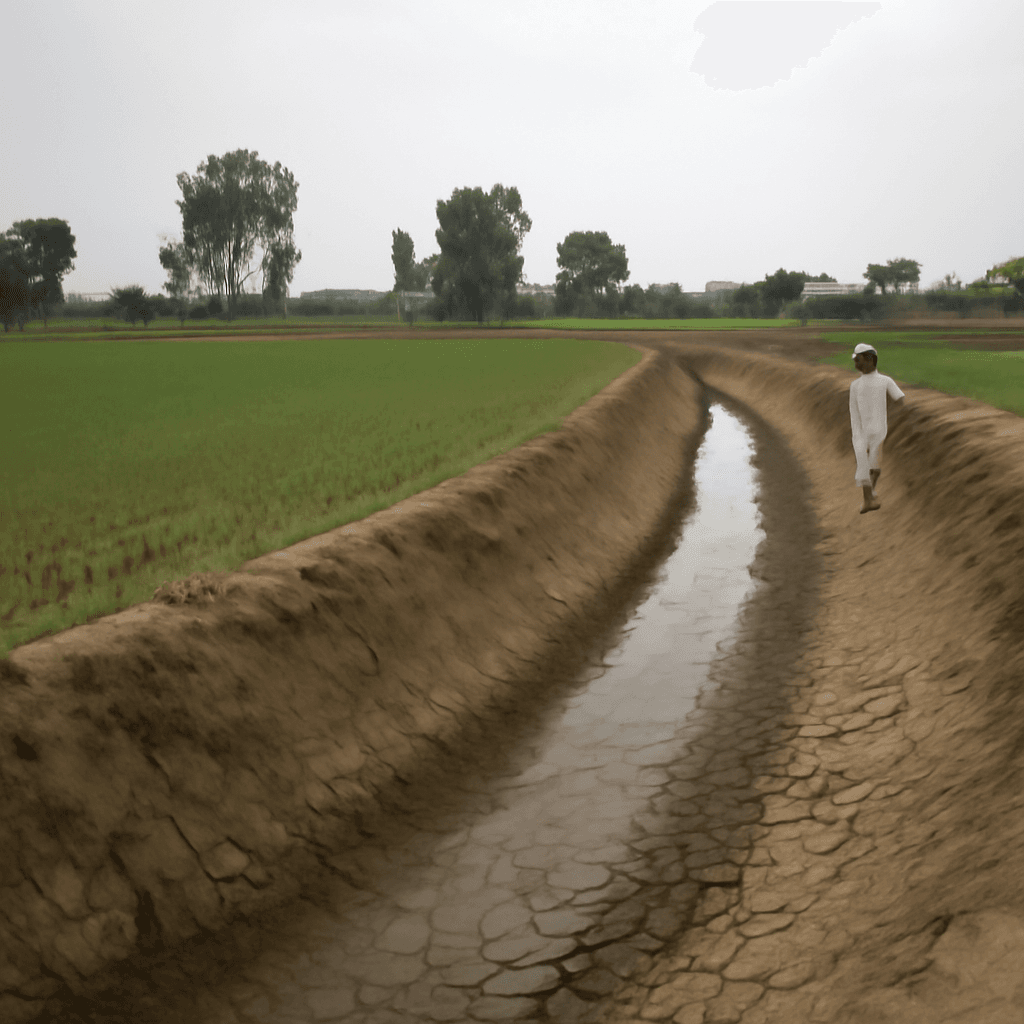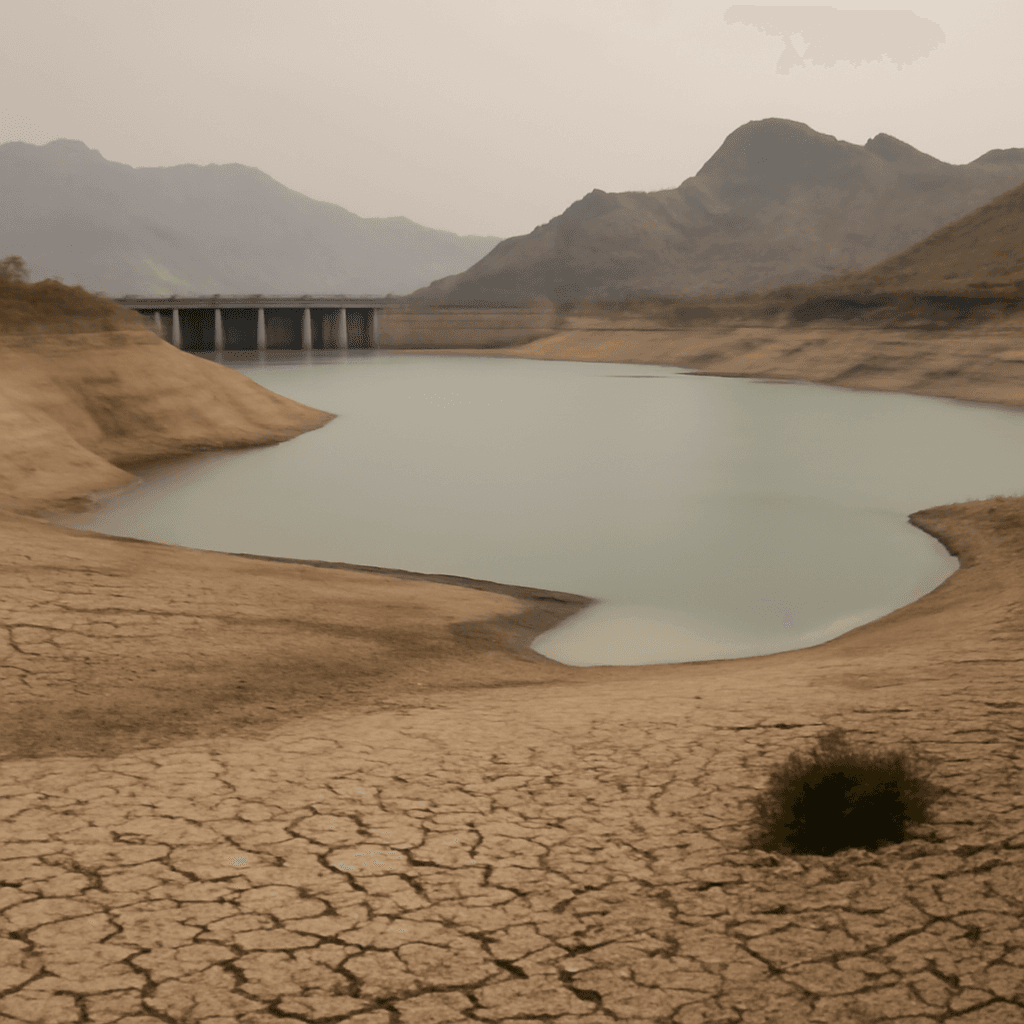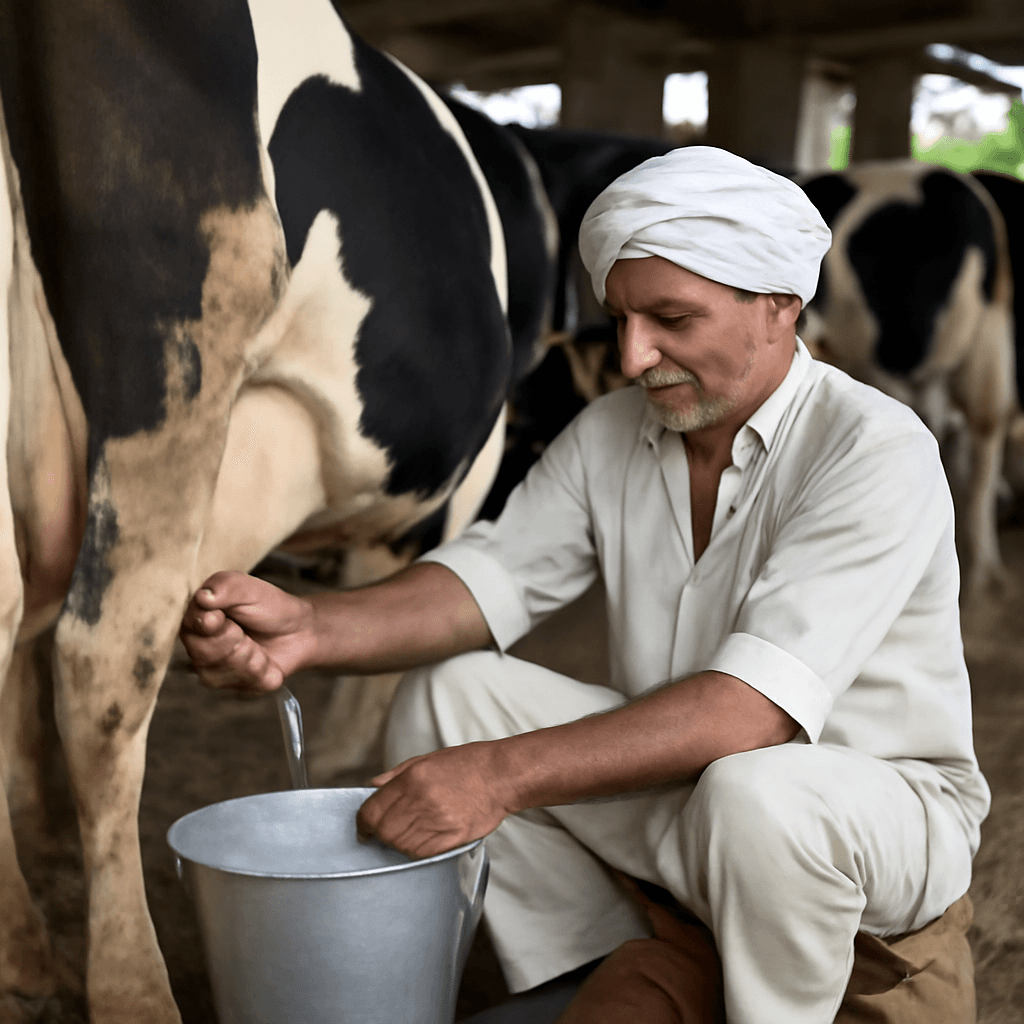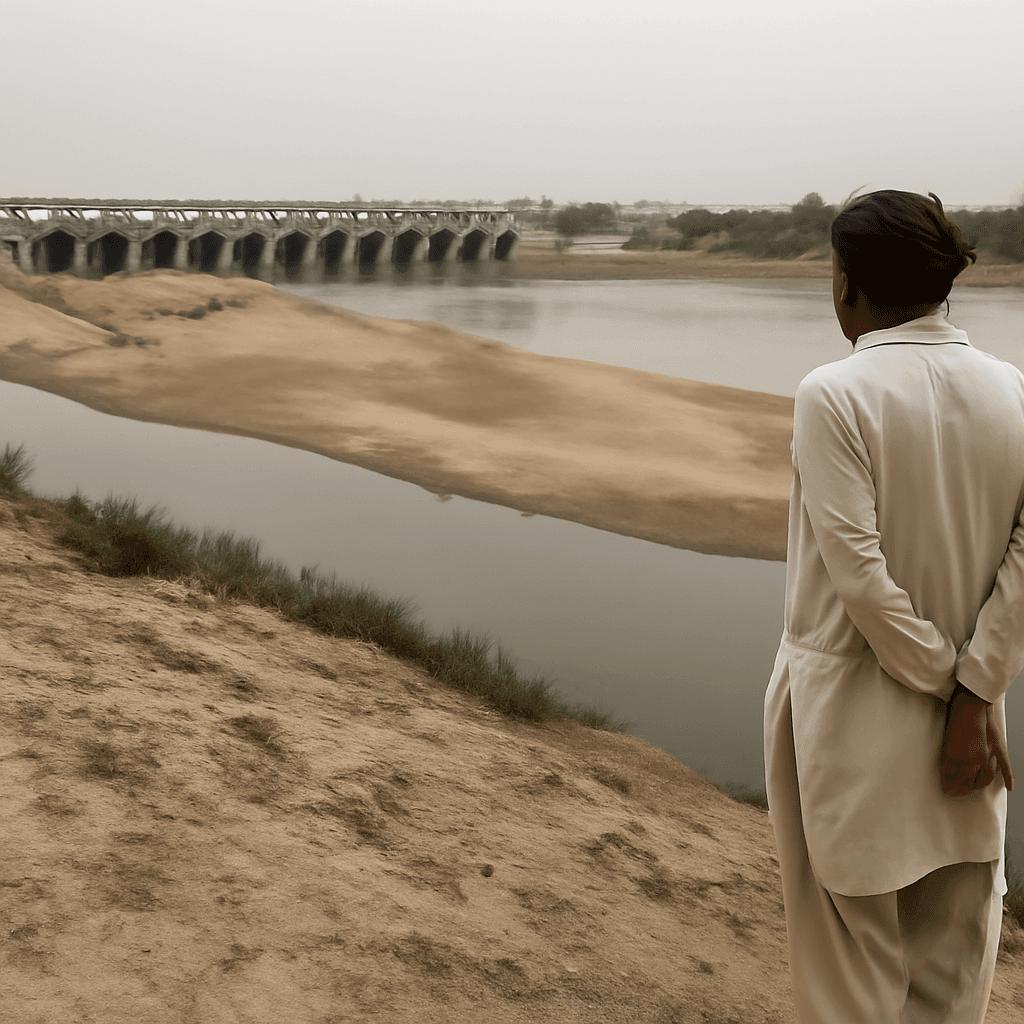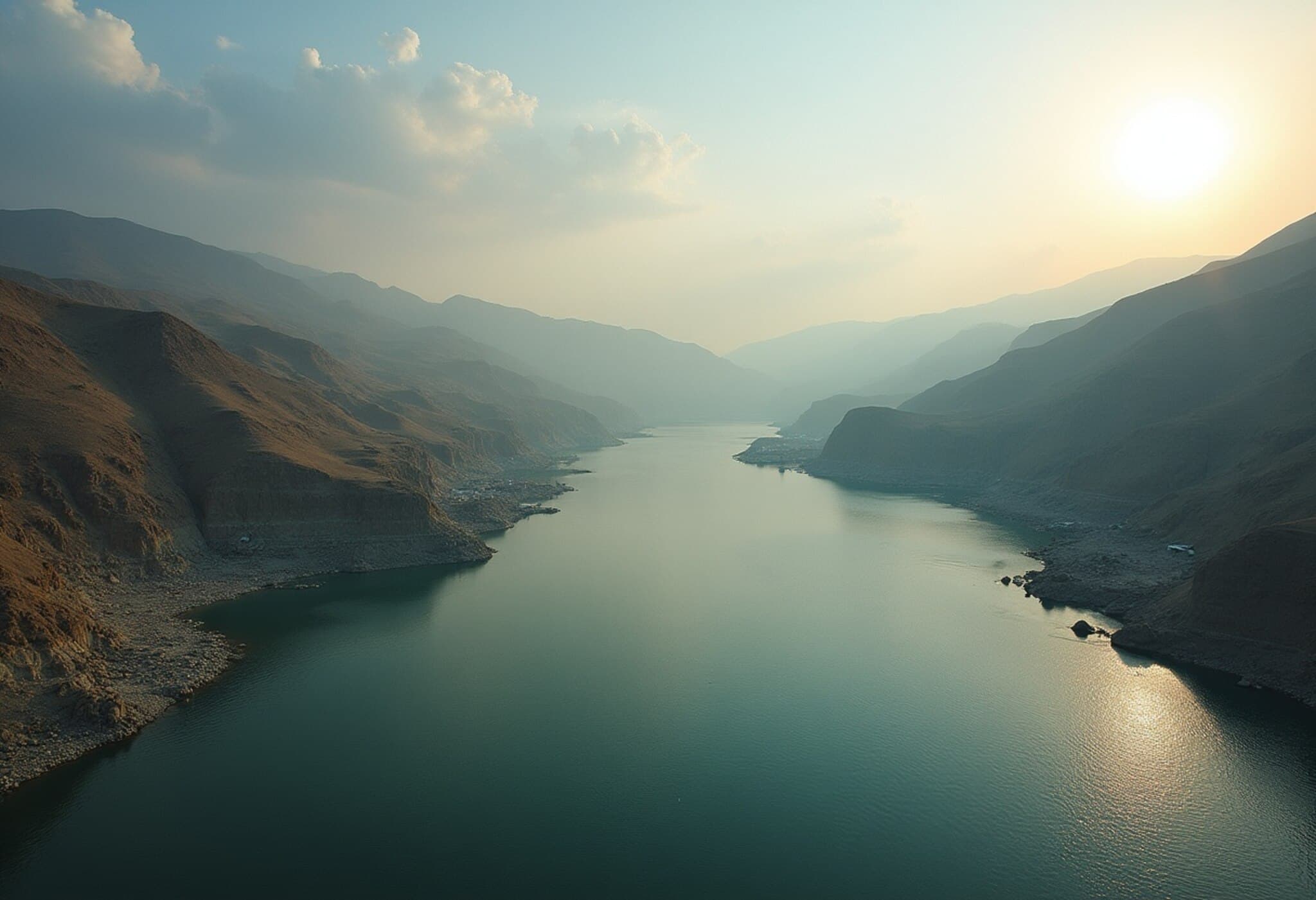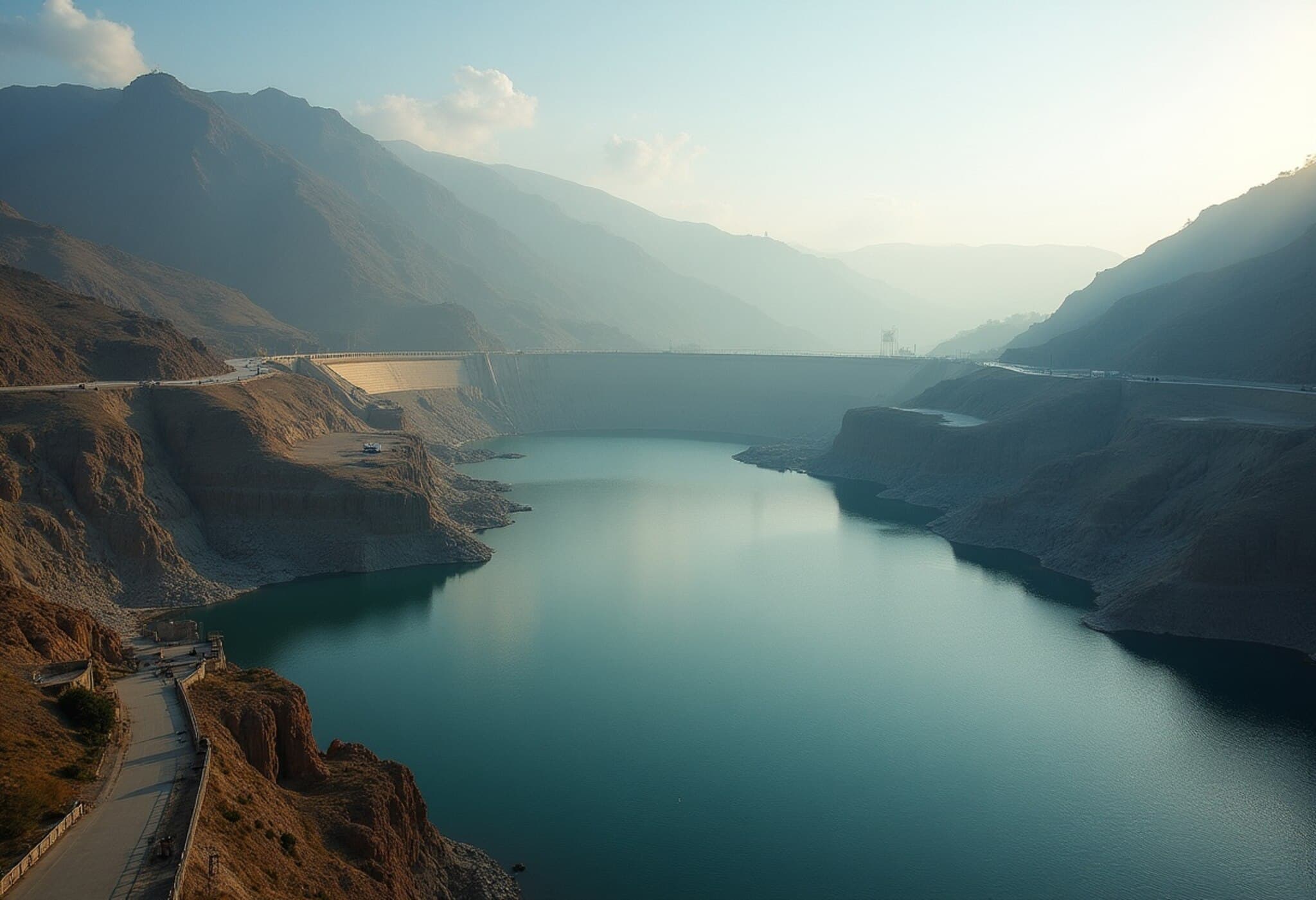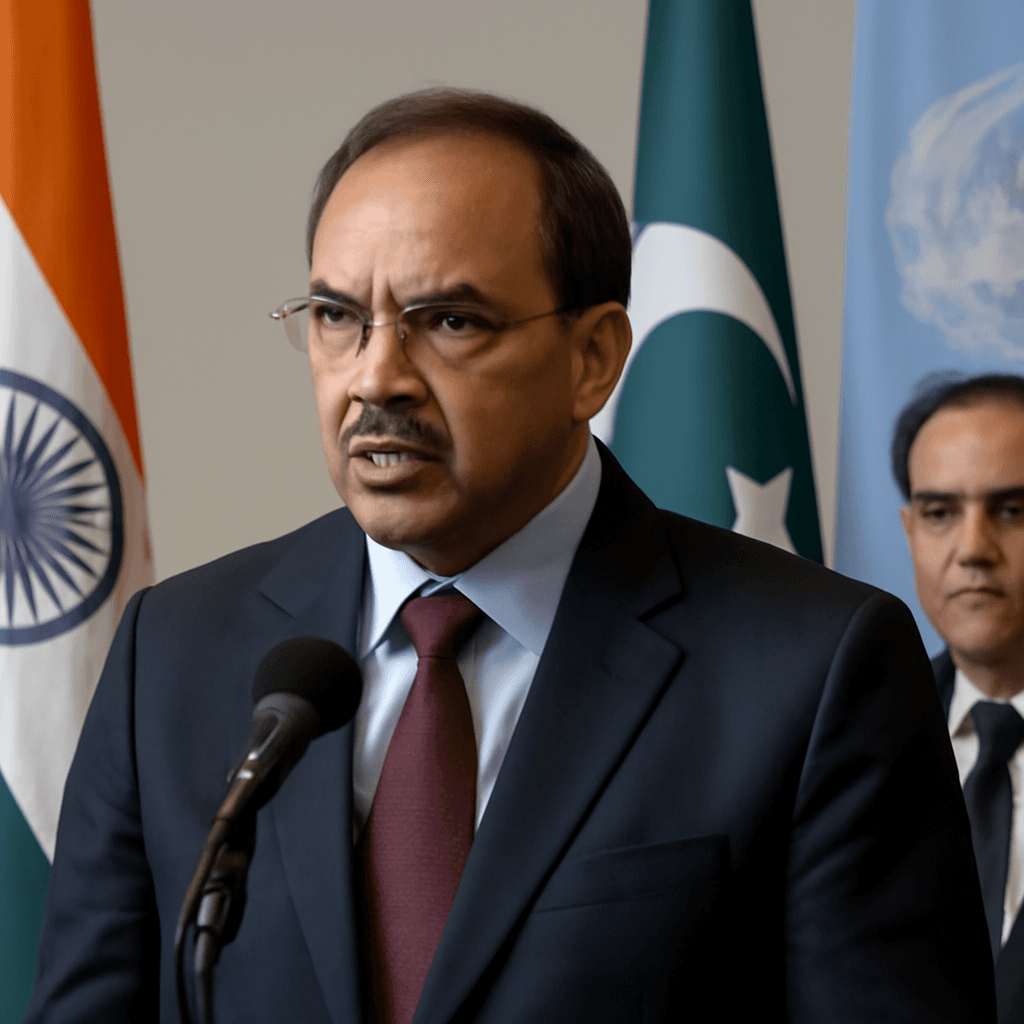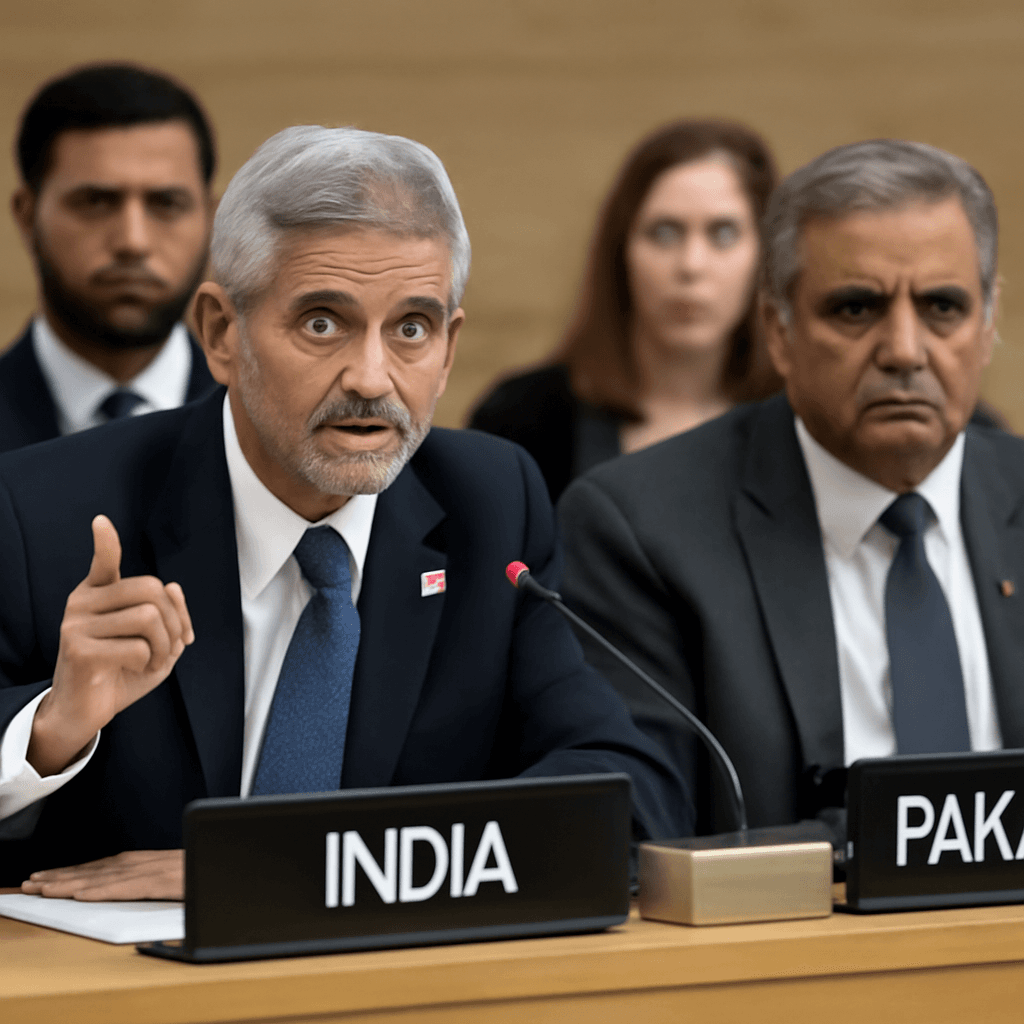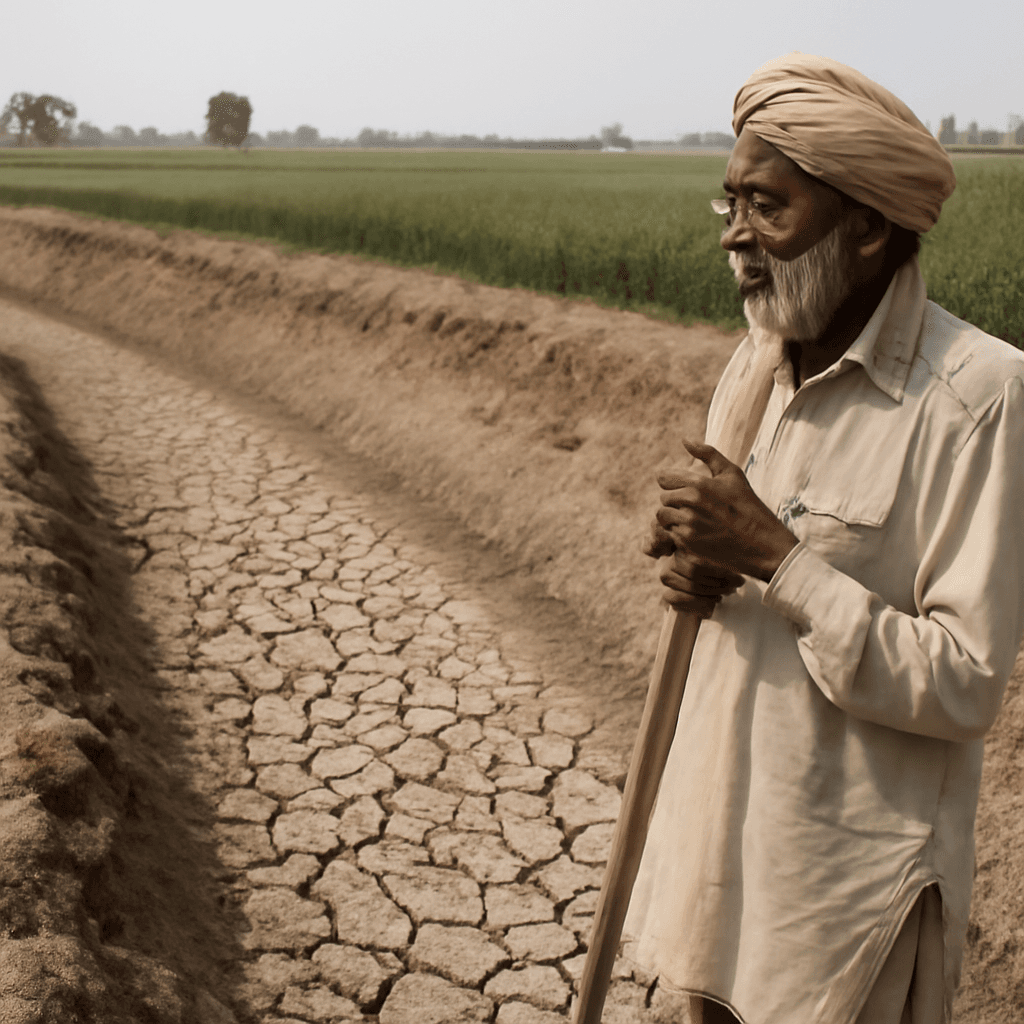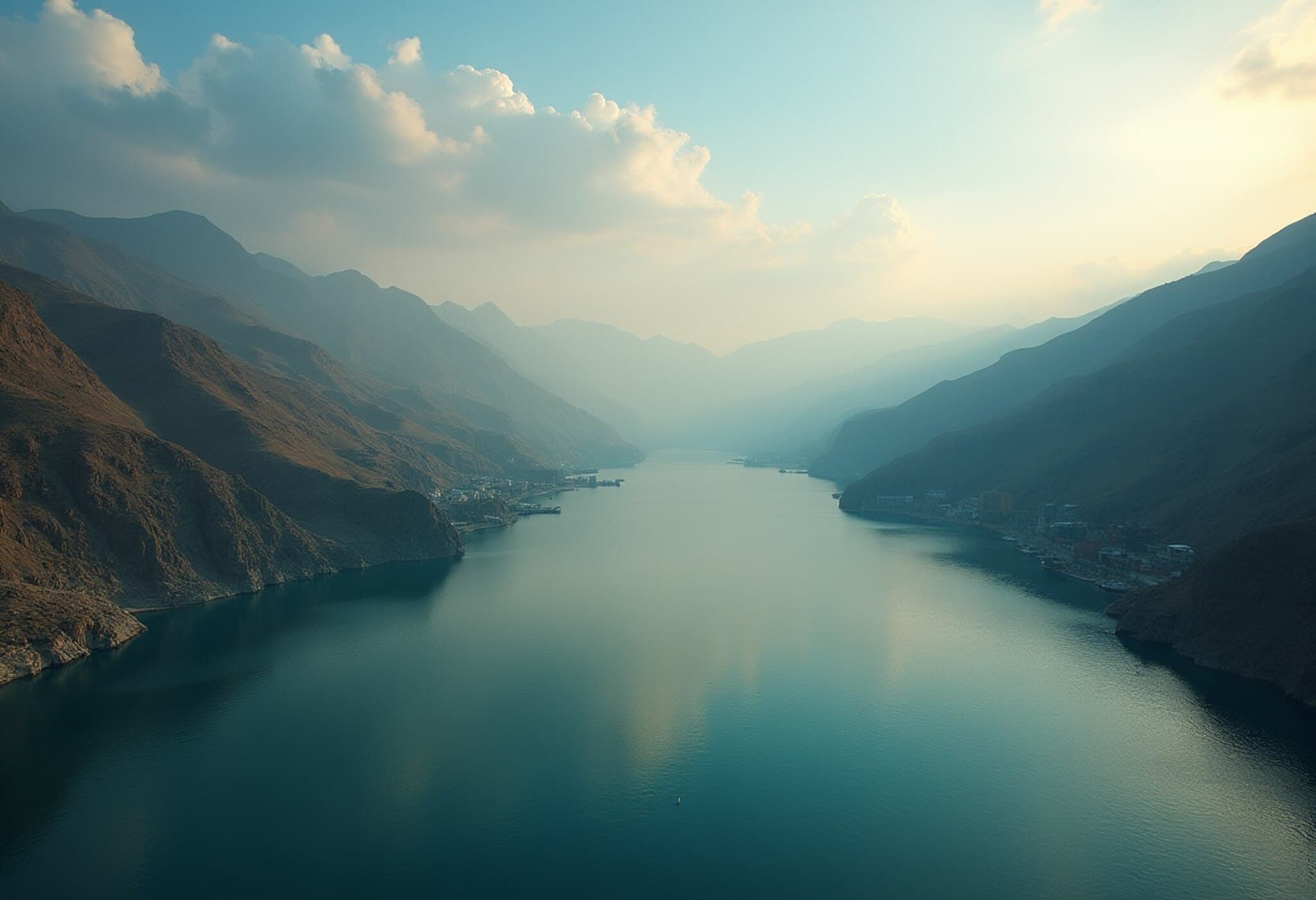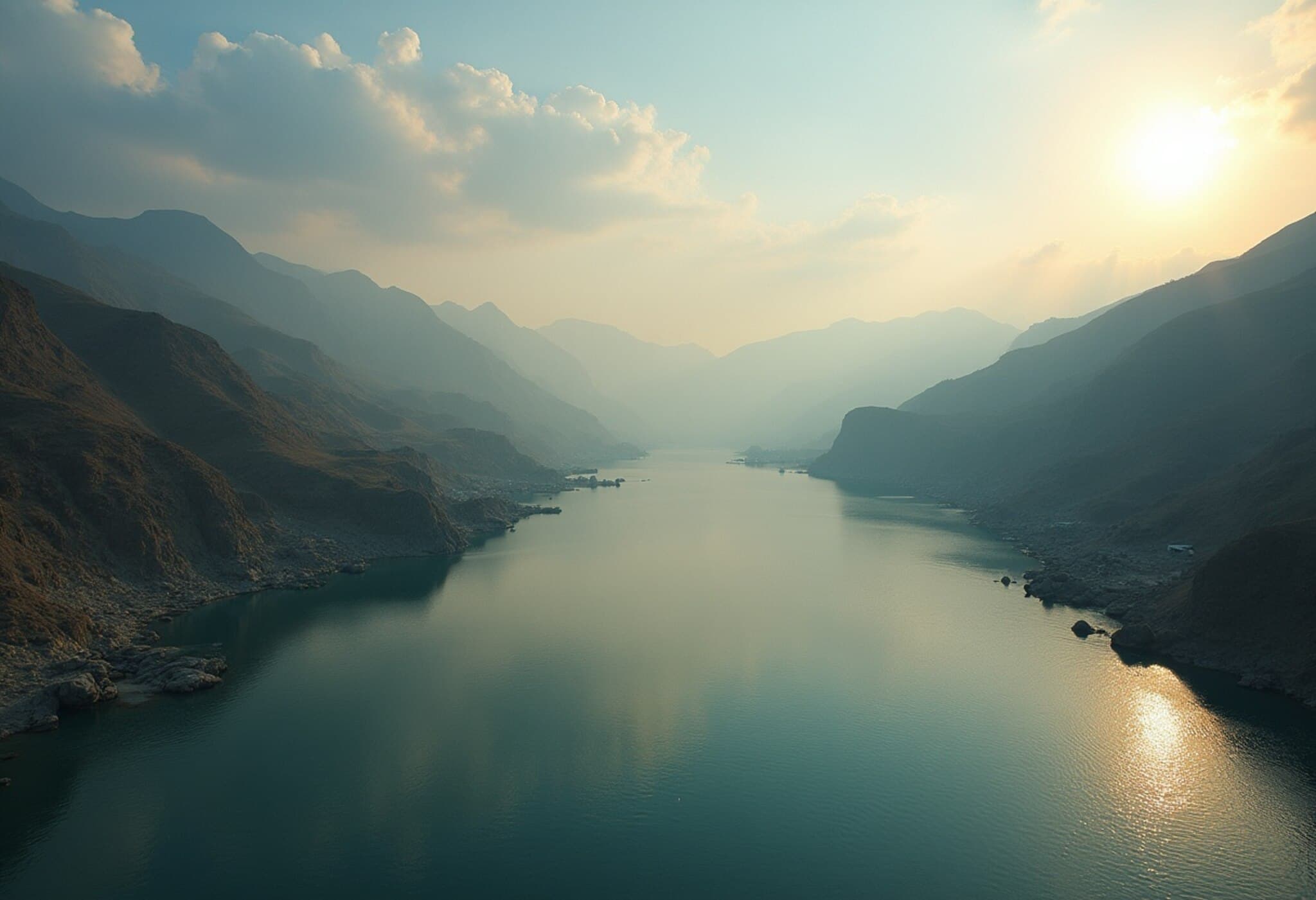Pakistan Confronts Critical Water Shortage
Pakistan's Punjab province is grappling with a severe water shortage as the kharif sowing season begins amidst dwindling water levels in the Indus River system. Key reservoirs, including Tarbela on the Indus River and Mangla on the Jhelum River, are running low, while inflows from the Chenab River have declined sharply. This decline follows a reduction in water supply from India after the recent terror attack in Pahalgam, complicating water availability further.
Declining Water Levels and Agricultural Implications
Data from early June 2025 highlights a 10.3% decrease in water availability in the Indus River system compared to the same period in 2024, with total water flow in Punjab measuring 128,800 cusecs — 14,800 cusecs less than the previous year. The shortage poses significant risks for farmers as the Southwest Monsoon is not expected until late June, leaving a critical irrigation gap during extreme summer heat.
Last month, Pakistan announced an overall water deficit of 21% nationwide for the summer, and projected a 50% reduction in live reservoir storage for the crucial Tarbela and Mangla dams. These dams are vital not only for irrigation across Punjab and Sindh provinces but also for hydropower generation.
Political Context: Impact of Indus Waters Treaty Suspension
The water crisis is closely linked to geopolitical tensions surrounding the Indus Waters Treaty of 1960. The treaty, which allocates the Western Rivers (Indus, Jhelum, Chenab) primarily to Pakistan and the Eastern Rivers (Ravi, Beas, Sutlej) to India, has been put on hold by India in response to the Pahalgam terror attack in April 2025. This attack, which resulted in the deaths of 25 Indian nationals and one Nepalese citizen, was attributed to Pakistani-supported terrorism.
With the treaty suspended, India has ceased sharing critical river water level data for the three Western rivers, a move that hampers Pakistan's ability to anticipate flood events and manage water resources effectively, especially during the monsoon season. Previously, shared data enabled early warnings that helped evacuate vulnerable populations.
Government and International Response
In light of the escalating crisis, Pakistan's leadership has called for urgent international attention to glacier preservation and water sharing rights. The Prime Minister recently highlighted these concerns at a conference in Dushanbe, Tajikistan, emphasizing the adverse impact of the treaty's suspension on Pakistan's water security.
Moving forward, water resource authorities in Pakistan are urged to optimize reservoir management and promote efficient irrigation practices to mitigate the severe consequences of this shortage on agriculture and public welfare.
Key Facts and Figures
- Water availability in Punjab decreased by 10.3% compared to June 2024.
- Current water flow: 128,800 cusecs, down by 14,800 cusecs year-over-year.
- Projected overall water shortage for summer: 21% nationwide.
- Live dam storage deficit: 50% at Tarbela and Mangla dams.
- Monsoon arrival delayed until late June, worsening irrigation challenges.

